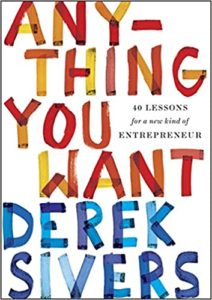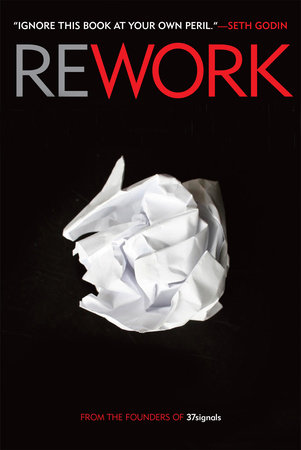Bird by Bird

Reading Bird by Bird is like having a friend console me about my fears and pains of writing. By showing us the very real and messy process of writing, Ann Lamott tells us that writing is never a linear journey from inspiration to finished work. She talks about all the potholes, detours and breakdowns on the way.
A quick disclaimer, the way I am about to write about this book is like describing a sunset as – ball of fire hidden from view due to a rock’s rotation. Please don’t read this summary, go read the book instead.
Lamott tells us that we don’t know what we’re going to write till we start writing, so the only way to start is by putting something down on paper. Things will emerge as we start writing. It’s ok for the first draft to be a mess, it is supposed to be. Perfectionism only blocks playfulness.
As we make writing a habit, putting in the hard work of working on our drafts, we slowly start fixing, checking, and polishing our work. Small amounts of work done regularly creates the larger work, we just have to take it bird by bird.
Stories too aren’t pre-determined, and come out of the writing process, Lamott says. She asks us to focus on our characters and environments; really understand who and what they are. What the characters do should drive the story, the story should never force them to do something just to move the plot. The environments and places should tell us the characters values, personality and history in ways that the characters themselves can’t. Genuine stories are built by characters and environments, never the other way around.
In the beginning we’ll have to borrow others’ voices to tell our stories. The stories might not be our own either. Lamott says that’s alright. As long as we persevere and practice, we’ll get better at understanding ourselves, understanding what we really want to say, and how we want to say it. Writing is about telling our truth, and our truth can only come out in our own voice.


